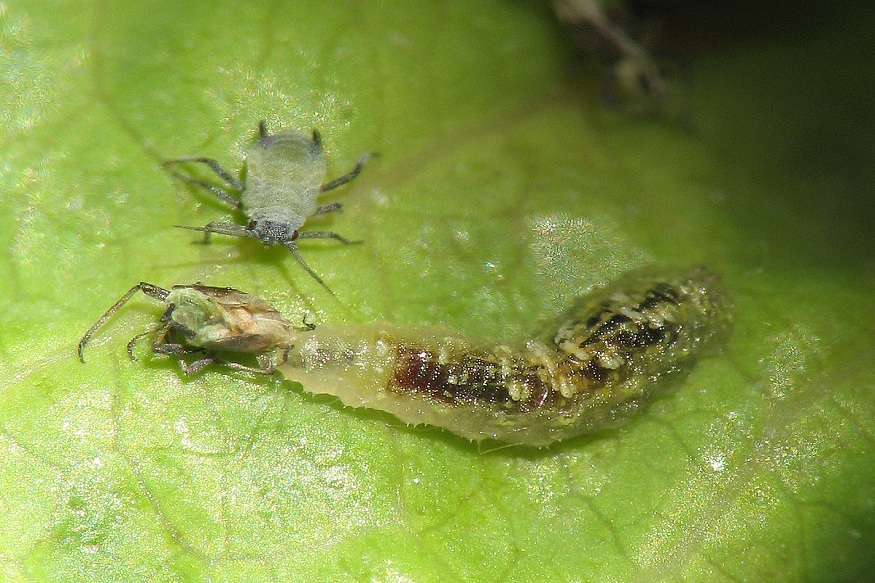Citizen science can be explained as the use of members of the public in performing some scientific tasks and tasks of data gathering. In pest control, especially in places such as Pest Control in Colleyville, it becomes easier for anyone who comes across a pest to share information on the pest that they come across or what they have observed from the pest.
Volunteers contribute to monitoring activities including detection of pest presence and inspections to assess environmental conditions, damage and pest status enhancing the development of databases. It’s such extensive participation that helps researchers to identify pest trends and therefore come up with better pest management techniques.
Citizen science can fill this gap between having scarce funding and the large-scale mapping of pest populations that are required for pest mapping and eradication, making it an important aspect of integrated pest management.
How Can Citizen Science Help in Enhancing Pest Detection and Mitigation?
Identification of pest infestations is important in controlling them as they can cause more harm when not detected. Such enthusiasts who can carry simple tools like apps in a mobile, reporting means can find the pests quickly and then the professionals can find the emerging threats quickly.
These early signs go a long way in ensuring that the relevant authorities and agricultural /entomological experts are prepared to apply controlled pest control centers before the infestation reaches an uncontrollable level. With timely reports and constant supervision, citizen science brings useful contributions to the traditional means of pest eradication and saves time and resources in addressing pest problems.
In what way do the lay people contribute towards pest population data collection?
While implementing pest management it is always important to collect as much accurate information as possible. It states that citizen science projects collect large datasets from volunteers while enhancing knowledge about pest’s behavior and their distribution. Some observations are about the occurrences of pests and their reproduction cycles and migration patterns, physical conditions, among other factors that volunteers provide to the researchers.
Its collection is often done locally because it offers a sense of the situation at ground level, of small areas that would otherwise go unnoticed.
What Local Communities Receive from Pest Citizen Science?
Applying citizen science rationally in pest control not only contributes to the researcher and farmers but also contributes to the community surrounding the farmers. When communities undertake monitoring activities, they get acquainted with some pest concerns within the community they otherwise would not have known and how these pests affect agriculture, health and the environment. It can help in formulation of appropriate public policies, a more effective excuse of local pest management programs and even a good understanding on how to tackle pest-related problems.
Where Does Citizen Science Fit across the Pest Management Paradigm?
Citizen science has over and over affected pest management in some ways due to additional information, data oriented solutions and an extended scope of scientific participation. Given the continual progression in the technology, the capacity of volunteers to provide good data in future will improve.
The pest control knowledge that is accrued as more individuals actively participate in pest monitoring will enhance the development of accurate predictive models that will enhance the utilization of pest control strategies. Having many professionals and volunteers, methods for pest control are elaborated to be more precise, effective, and inexpensive, therefore meeting the needs of farmers and other members of the community.
Conclusion
Citizen science thus presents a viable and effective method of monitoring and managing pests across the population base. They make significant portions of the pest management process to include public participation in data collection and reporting, which not only brings more accurate insights together, but also helps develop increased awareness of the environment and sustainability among the public. Given that citizen science will only expand as a discipline as the years progress due to increasing technological adoption and the incorporation of more people in the field, it will certainly remain useful for constructing the future of pest control as more efficient, engaging, and holistic.

